- Learning time
- minutes
- First play time
- 30 per player minutes
T.I.M.E Stories
Designed by: Manuel Rozoy,Peggy Chassenet
T.I.M.E Stories is one of those games we can’t say too much about, because as the title suggests, the game is a story. You the players work as a team, sent back through time to prevent a crime happening, and inhabiting a body from the time you are sent to in order to solve the mystery, and prevent the crime.
The game functions through a couple of decks of cards – within one deck, several sets of cards can be laid out to form a panoramic of each location you visit. To interact with the people and things there, players ‘visit’ the individual cards to gain knowledge and try and further their understand of what’s going on. When you think you’ve done all you can at a location, you can visit a new one, and as the story progresses more locations will be revealed – not all of them, however, crucial or even necessary to solving the puzzle!
The other deck of cards is items or equipment you pick up along the way and carry with you.
The economy of the game is unsurprisingly time: you begin the game with a certain amount of time units, and have to find out as much as you can before the time runs out. When it does, you can ‘reset’ and start the scenario all over again – only this time, armed with knowledge from your previous visit. It’s like Groundhog Day crossed with Inception: you play the game over and over, making subtle changes to your tactics, until the true story is revealed and the crime is prevented.
We have only played the base game, but there are numerous T.I.M.E stories available to be played that can be bought separately.
The guru's verdict
-
Take That!
Take That!
Players work together, but there are a number of things in the game that will target you as a group, or as individuals.
-
Fidget Factor!
Fidget Factor!
None - the game is constantly being played, and everyone is involved in both decision-making and the sharing of knowledge. You're not allowed to read cards out loud if you're the sole visitor to that specific area, but you can give a summary of what you learned there.
-
Brain Burn!
Brain Burn!
The rules are actually pretty light. Any 'burning' is more deductive, really.
-
Again Again!
Again Again!
The catch with T.I.M.E stories is once you know it, you can't play it again, as the mystery has been solved. But if you enjoyed the base game, there are multiple stories available to be bought separately and played using the same board and pieces.





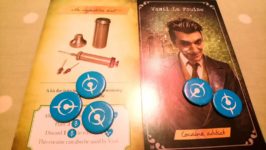


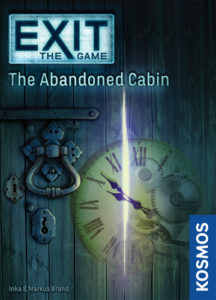
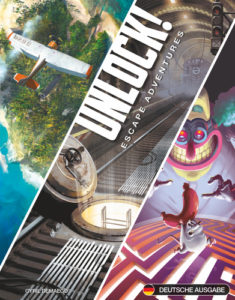

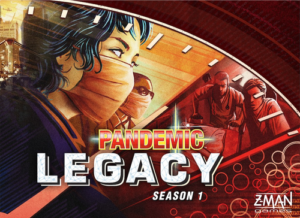
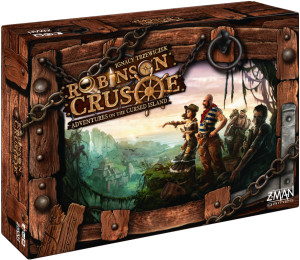
Sam says
Well, I may be in the minority - there's a lot of love for T.I.M.E Stories out there - but my experience of this was a rollercoaster for the wrong reasons. The first play, with that very intriguing set-up, engaging and quick-moving play and beautifully-presented, immersive artwork: I loved it. And the friend I was playing with loved it too. However - because the game is designed to reset and you start again from the beginning after a failed mission (- usually because you run out of time units) it turned into a grind very quickly - visiting the same spots out of necessity to get things you need no longer felt deductive, and it didn't feel like 'play' either. After just two resets we found our interest rapidly waning, as the mystery and intrigue turned into plodding, procedural elimination.